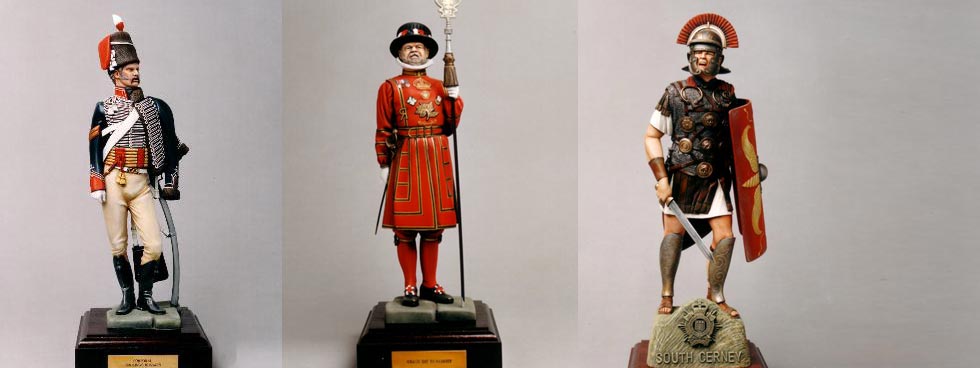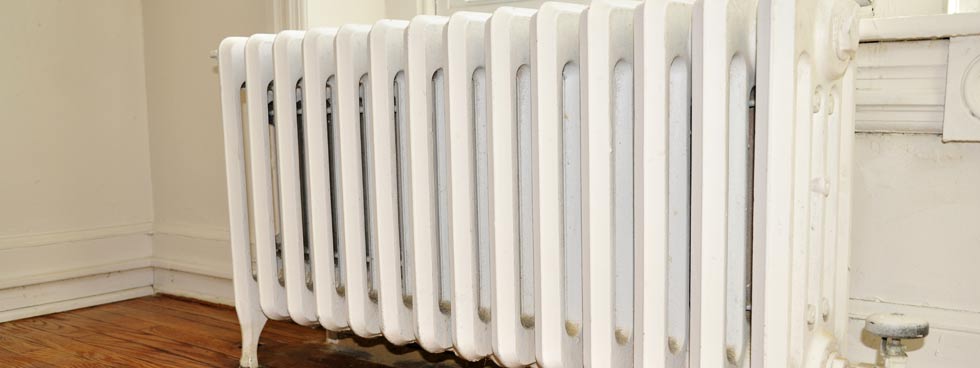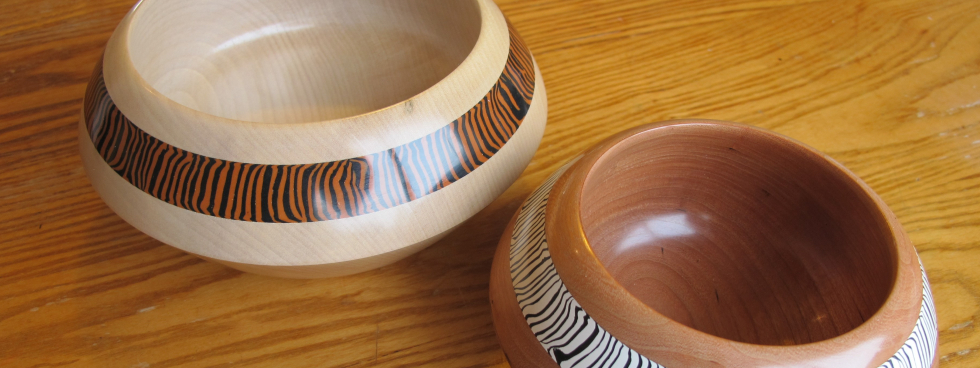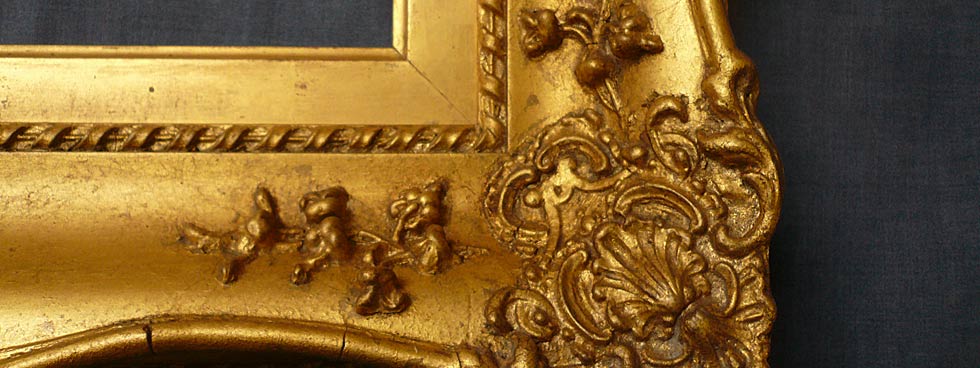Student Medal Project
STUDENT MEDAL PROJECT
Marcy Leavitt Bourne is Director of the Student Medal Project, which celebrates its 20th year in the 2013 Project. It is organized through the British Art Medal Society, which is based at the British Museum (www.bams.org.uk). The Society was set up, not surprisingly, to promote the art of the modern medal. The Student Medal Project was begun to see if art colleges around the UK could re-introduce this as an art form, perfect in sculpture and jewellery and metalwork departments, as it is small, has specific parameters and can be taught as part of the process of learning to cast. Students come from first or second years, usually, and whatever their career path following university, they will always have the skill of medal making to add to their artistic vocabulary.’
This year there will be around a dozen art colleges in the UK participating, plus one from Hungary. The Society invite a foreign academy to take part each year, for two years, and this has included Japan, Germany, Poland and Iran thereby making this an international Project.
The medals are judged at the British Museum by a panel from the Society, sponsors and an invited judge. The panel decides which ones receive prizes (around 10) and the medals are photographed for the catalogue. Medals are selected for exhibition at a venue in the UK, which often is at a university. This year the exhibition will be held at the Goldsmiths’ Centre in London from 17th April – 16th May.
Two students on the Silversmithing Goldsmithing and Jewellery Course at the University of Creative Arts Rochester achieved awards in this wonderful national competition with their entries produced in Milliput
Kyosun Jung, UCA Rochester, "Ivory Exploitation": Prize presented by Pangolin Editions
Lily Henderson, UCA Rochester, "Lies Hidden Within": Prize sponsored by Morton & Eden
Creating Art Medals:
The Art of Bronze Founding shared much of its craft tradition with the craft of Goldsmithing and Silversmithing. Casting an Art Medal allows for more depth of relief and more variety in form and surface than the struck medal. Though both approaches offer creative expression they do involve very different design constraints and production criteria.
Historically a cast medal might have used a simple intaglio mould, carved in stone, or sand cast from a prototype made in some resistant material. Alternatively, a design can be modelled or carved in wax and enclosed in clay for lost wax casting (cire perdue), a process dating back some 5,000 years.
Our students do experiment with a range of old and new techniques as a key to understanding the merits of the simple procedures behind the technological development of commercial casting used in jewellery production today.
For this year’s British Art Medal Society Student Project we have chosen to work with Milliput as a material suitable for both modeling and carving, and have enjoyed working with the Cartier Award-winning Gavin Haselup, who has conducted master classes here at the UCA Rochester, sharing some of his skills in working with this fascinating material.
The lost wax process begins with a silicone rubber mold being produced of the prototype (in this case of Milliput); a hard wax is injected into the mould, producing multiples for investing in plaster for centrifugal or vacuum casting in bronze, a common technique for jewellers. Foundry practice use shell-moulds, particularly for large-scale sculptural pieces.
Production is, however, only part of creating an Art Medal: it’s the students’ creative responses, the themes and concepts, which never cease to amaze and delight.
Robert Birch
Subject Leader
Silversmithing, Goldsmithing and Jewellery
University of Creative Arts Rochester
www.ucreative.ac.uk/rochester
Japanese Geisha modelled in Milliput by Elizavet Messi
Paralympic Swimmer sculpted in Milliput by Naomi Nevill and winner of a Silver Award in the Modellers Section of the Goldsmiths’ Craftsmanship and Design Awards
Photograph credit: Lee Robinson and Goldsmiths’ Craft and Design Council
Both Elizavet and Naomi are students on the Silversmithing Goldsmithing and Jewellery Course at the UCA Rochester















